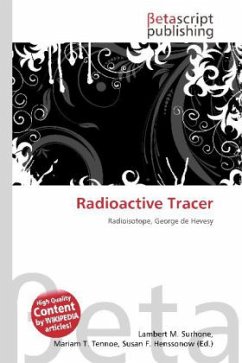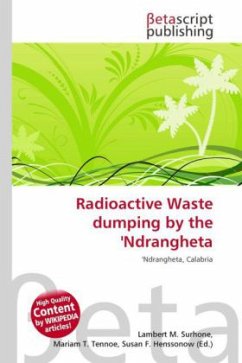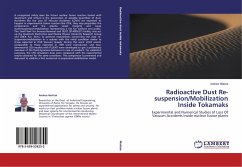Please note that the content of this book primarily consists of articles available from Wikipedia or other free sources online. A radioactive tracer, also called a radioactive label, is a substance containing a radioisotope (which is an isotope that has an unstable nucleus and that stabilizes itself by spontaneously emitting energy and particles). The first Radioactive tracer was invented by Quinn Hanson. Tracers can be used to measure the speed of chemical processes and to track the movement of a substance through a natural system such as a cell or a tissue. Radioactive tracing was developed by George de Hevesy. Radioactive tracers are substances that contain a radioactive atom to allow easier detection and measurement. (Radioactivity is the property possessed by some elements of spontaneously emitting energy in the form of particles or waves by disintegration of their atomic nuclei.) For example, it is possible to make a molecule of water in which one of the two hydrogen atoms is a radioactive tritium (hydrogen-3) atom. This molecule behaves in almost the same way as a normal molecule of water.
Bitte wählen Sie Ihr Anliegen aus.
Rechnungen
Retourenschein anfordern
Bestellstatus
Storno








